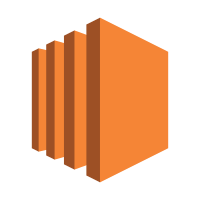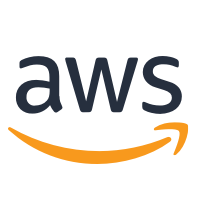
The processes related to using AWS Organizations are mostly pretty well documented in the AWS Organizations User Guide. The user guide covers the creation of Organization Units into a hierarchy, creating Accounts and associating them with Organization Units, and the attachment of Service Control Policies. It doesn’t describe the process for Account Login to Accounts created using AWS Organizations in much detail. This post covers this missing detail!

In the beginning, Amazon Elastic Compute Cloud (EC2) instances could be thought of as virtual machines. When the CG1 instance type with GPU acceleration launched the line between virtual and physical machines blurred. That line continues to blur with the launch of EC2 F1 instance types with FPGAs. This post explains what an FPGA is, and when they should be used.

I’ve used QwikLabs several times now. AWS Training uses it for hands-on exercises and the Bootcamps at Re:Invent. I’ve used some of their free introductory labs on AWS services which are worth investigating and some of the paid labs as preparation for AWS certifications. When you use QwikLabs, you are given an account number and credentials allowing you to login to an account but how do they do that? This post explains one approach.

In “Automating with Python and Boto3” the Python script had no special code for authentication or region selection. It simply uses defaults like those setup with the aws configure CLI command, or environment variables. Sooner of later though, there is a need to work in a different region, or handle multiple accounts, so the defaults aren’t enough. Fortunately, Boto3 supports alternatives for region selection and credentials.

AWS Certified Solutions Architect Official Study Guide: Associate Exam is the first in what will surely be a whole range of books designed to get the aspiring AWS Architect through the certification exam. In this post we review the book and provide some comments.

I worked as a professional software engineer for many years. First I wrote C code and built it using make. Later I wrote Java code and built it originally using Ant and then Maven. I’d written lots of enterprise applications which used the AWS Java SDK. At the other extreme, I’d written BASH shell scripts, including some which used the AWS CLI tools. I had never considered automating with Python and Boto3.
An organization was migrating to AWS and asked about automation and Infrastucture as Code. The Java approach was great for “Enterprise Applications”, but the build process introduced considerable turnaround time. The BASH approach provided instant feedback, but using the output from one command as the input to the next command was often awkward, and sometimes impossible. Python provided a good compromise.

It is hard working with large log files in Amazon CloudWatch Logs. Sometimes it’s better to be able to work with your favorite text editor. Power users may want to take advantage of command line tools like awk, sed, and grep. Unfortunately, the CloudWatch AWS Console doesn’t allow you to download log streams. Fortunately, this functionality is available from the AWS API and AWS Command Line Interface (CLI). Yet it can be tricky to download cloudwatch logs when using the Linux or Max OS X AWS Command Line Tools due to the naming convention for CloudWatch Log Stream Names. This post will show you how!

AWS (43) Kinesis (9) Streams (8) AWS Console (5) Go (5) Analytics (4) Data (4) database (4) Amazon DynamoDB (3) Amazon Elastic Compute Cloud (EC2) (3)
AWS (38) Amazon DynamoDB (6) Amazon Elastic Compute Cloud (EC2) (4) AWS CloudFormation (4) Certification (3) Database (3) Amazon Athena (2) Amazon Aurora for Amazon RDS (2) Amazon CloudFormation (2) Amazon CloudWatch (2)
All data and information provided on this site is for informational purposes only. cloudninja.cloud makes no representations as to accuracy, completeness, currentness, suitability, or validity of any information on this site and will not be liable for any errors, omissions, or delays in this information or any losses, injuries, or damages arising from its display or use. All information is provided on an as-is basis.
This is a personal weblog. The opinions expressed here represent my own and not those of my employer. My opinions may change over time.